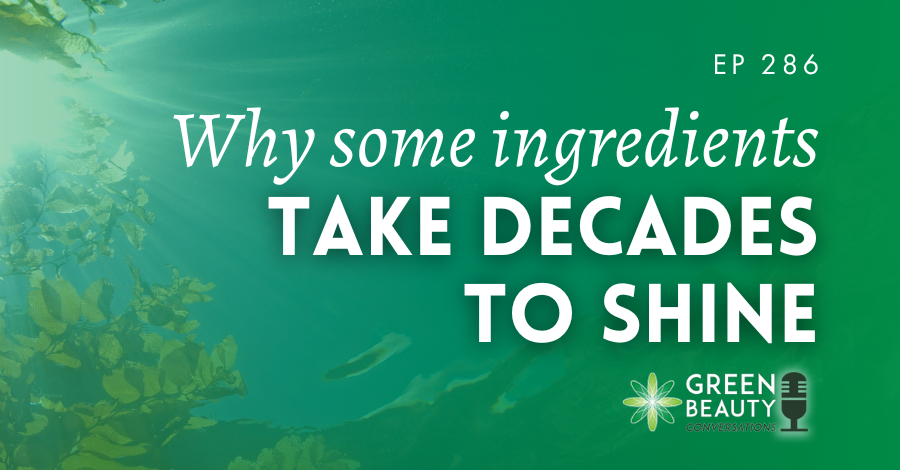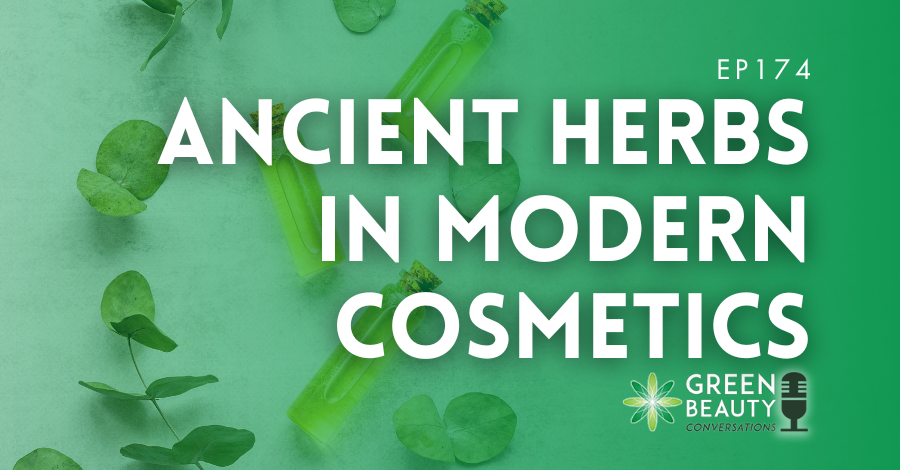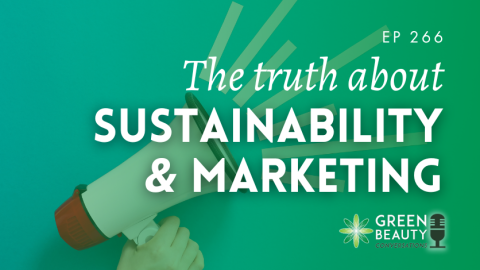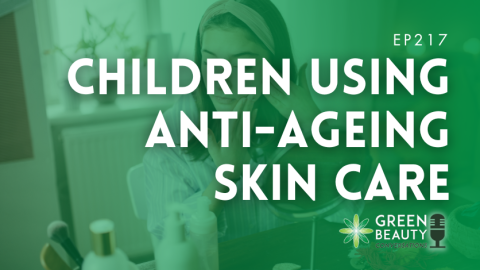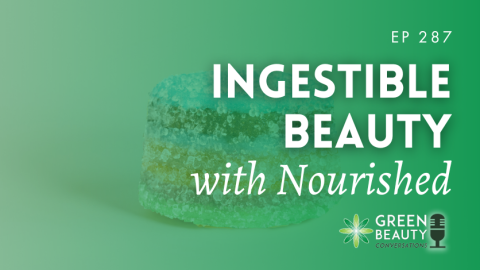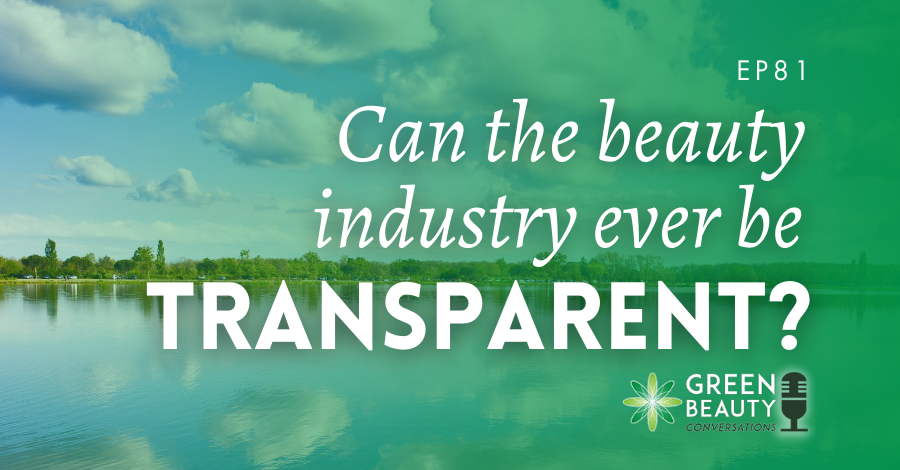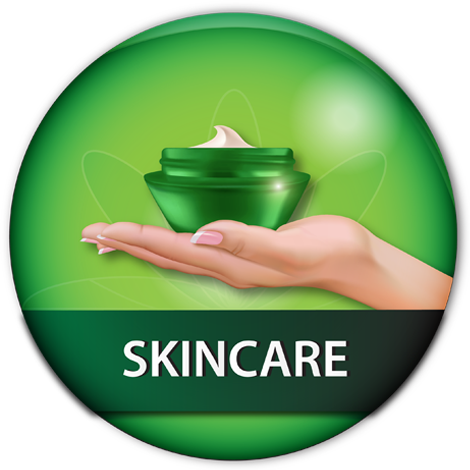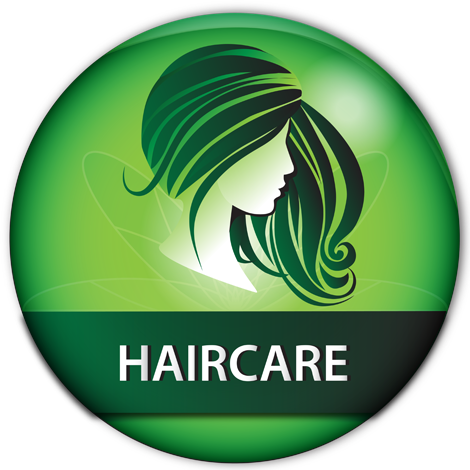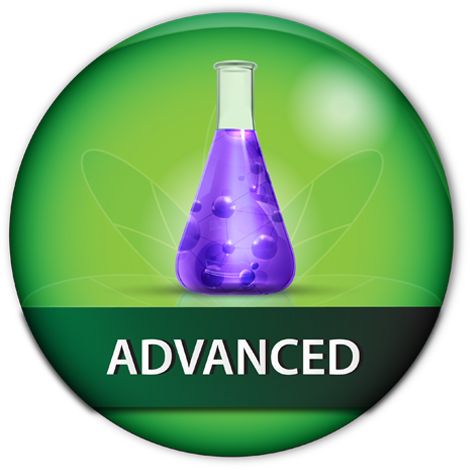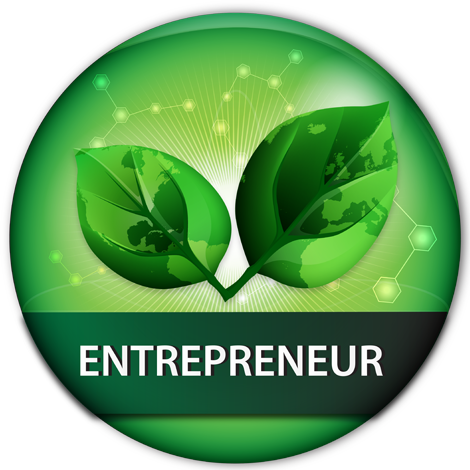Walk into any beauty store today, and shoppers can rattle off the benefits of peptides, retinoids or hyaluronic acid with ease. Yet ask about seaweed and you’ll often be met with blank stares or vague memories of green face masks. And that’s the case with many skincare ingredients, despite years of research and traditional use.
In this week’s episode of Green Beauty Conversations, Lorraine Dallmeier asks a provocative question: why do some skincare ingredients make it big almost overnight, while others take decades to gain mainstream traction?
Building on last week’s fascinating conversation with Sam Garwin from GreenWave, this episode explores the hidden forces shaping ingredient adoption – from missing infrastructure and regulatory hurdles to the power of brand storytelling.
If you’re a formulator, brand founder or curious beauty consumer, this is one for you. In this episode, you’ll discover why innovation isn’t just about the science, but about who’s brave enough to champion an ingredient and tell its story.
“The difference between an ingredient that takes decades to break through and one that becomes essential overnight often isn’t the science. It’s whether someone was brave enough to believe in it, talk about it, and help others understand why it matters.” — Lorraine Dallmeier
Key takeaways:
- Seaweed’s slow rise reveals hidden barriers: Kelp has been used for centuries in skincare, from Irish seaweed baths to stories of soft hands among seaweed harvesters. Yet, unlike bakuchiol or retinoids, it hasn’t broken into the mainstream. The reason lies in the “missing middle” – infrastructure, processing expertise and regulatory clarity; all essential before an ingredient can move from intriguing to widely available.
- Bakuchiol shows how timing and storytelling matter: Bakuchiol didn’t just appear out of nowhere; it had a traditional use history and years of research. Its rise was perfectly timed to consumer demand for gentler alternatives to retinoids and the industry’s hunger for effective “clean” actives. Its clear story and immediate relevance meant it hit the market running, while skincare ingredients like kelp are still searching for their narrative.
- Big brands can fast-track adoption: Companies like L’Oréal can accelerate an ingredient’s journey by funding clinical studies, navigating regulations and pouring resources into marketing. Their sheer scale and distribution power mean they can compress the innovation timeline, making an ingredient feel indispensable almost overnight.
- Independent brands can create their own markets: Drunk Elephant transformed marula oil from obscurity into a hero ingredient, while The Ordinary turned niacinamide into a consumer favourite. These brands didn’t wait for the market to be ready – they made it ready by educating consumers, elevating their chosen skincare ingredients, and weaving them into compelling brand stories.
- Championing skincare ingredients is a strategic choice: Whether you’re a brand founder or a curious consumer, waiting for “the market” to embrace an ingredient isn’t enough. Ingredient adoption depends on champions who are willing to educate, advocate and build a story around it. As Lorraine challenges in this episode: don’t just use an ingredient – make it your story.
Thank you for joining us for this episode of the Formula Botanica Green Beauty Conversations podcast. If you enjoyed listening, please share, subscribe and review this episode on Apple Podcasts, Spotify or Youtube so that more people can enjoy the show. Don’t forget to follow and connect with us on Facebook and Instagram.
FREE TRAINING
Learn how to become an
Organic Skincare Formulator
FREE TRAINING
How to become an
Organic Skincare Entrepreneur
FREE TRAINING
How to become an
Organic Skincare Entrepreneur
Leave us a comment
Lorraine Dallmeier is a Biologist, Chartered Environmentalist and the CEO of Formula Botanica, the award-winning online organic cosmetic science school. Read more about Lorraine and the Formula Botanica Team.

